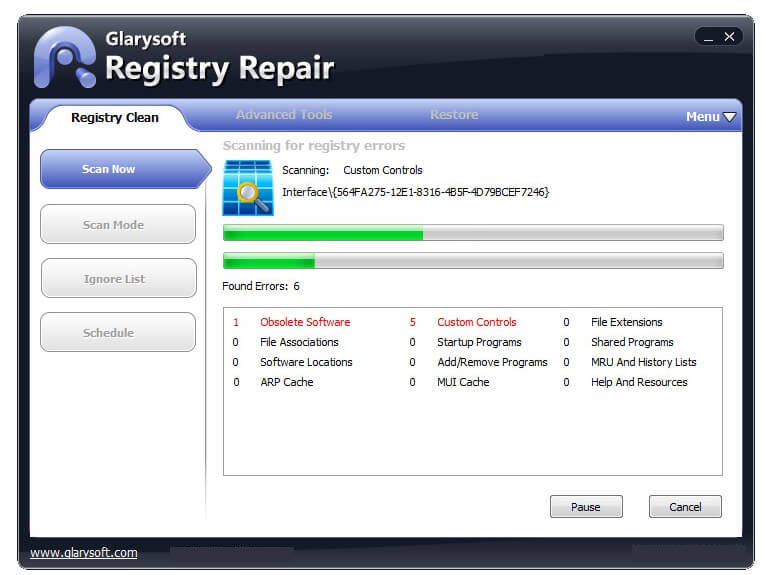



In earlier versions of Windows, the Windows Registry Checker tool (Scanreg.exe) was available to automatically back up the registry, and check the registry for invalid entries, empty data blocks, and other errors. If your Windows does not boot correctly due to the damaged registry, you need to check the integrity of the registry files. In addition, the registry files NTUSER.DAT and USRCLASS.DAT are stored in the profile of each user (C:\Users), which contains the user settings (loaded to the HKEY_CURRENT_USER registry hive).SYSTEM (HKLM\System) - settings for computer’s hardware, settings for Windows services, drivers, and other low-level information.SECURITY (HKLM\Security) - Windows security settings.SOFTWARE (HKLM\Software) - the settings of various applications and the Windows OS itself are stored, common to all users.SAM (HKLM\SAM) - the settings of all Windows security principals are stored.DEFAULT (HKEY_USERS\DEFAULT) - a template with user settings used when creating new accounts.In this article, we’ll go over the basic ways to fix and restore a corrupted registry on Windows 10.īy default, Windows registry files are stored in the directory C:\Windows\System32\config.īelow is a list of files and registry hives that these files are loaded into when Windows boots (as you see them in Registry Editor): Due to incorrect changes in the system registry made by programs or users, you may encounter various problems - up to the complete inability to boot Windows. The Windows registry is an important part of the operating system, which stores important system, user, and program settings.


 0 kommentar(er)
0 kommentar(er)
